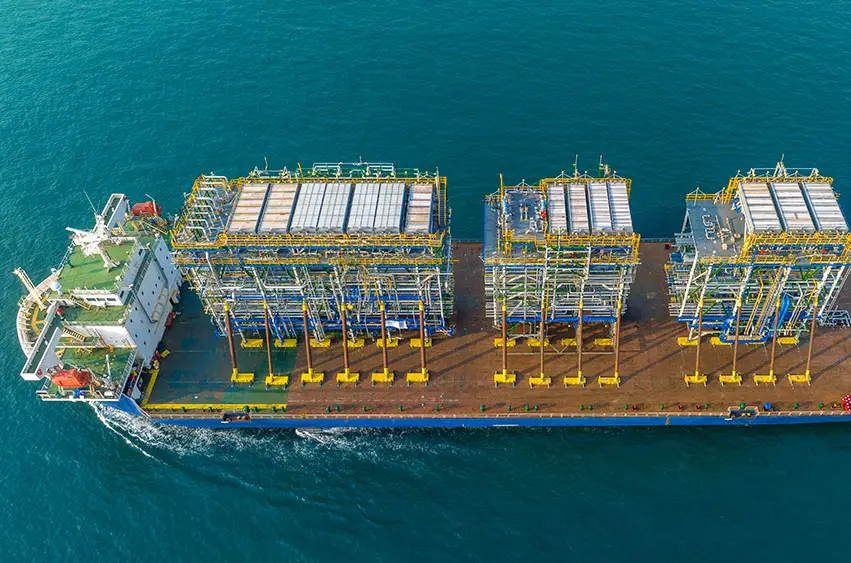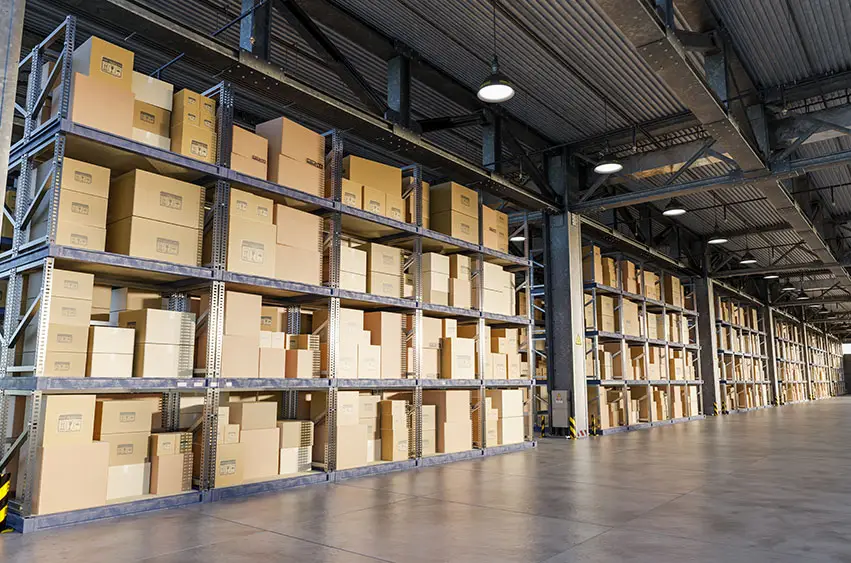Material Sourcing and Logistics for MENA Oilfield Projects

In the vast expanse of the Middle East and North Africa (MENA) oilfields, a seamless material supply chain is the backbone of successful operations. From drilling rigs to refineries, every component relies on timely and reliable access to materials. Let’s dive into the intricacies of material supply chain management, exploring strategies, challenges, and innovations that keep the wheels turning in MENA’s oil-rich terrain.
1. The Foundation: Understanding Material Management
1.1 What is Material Management?
Material management encompasses the end-to-end process of planning, sourcing, procuring, storing, and distributing goods or services from their source to the end consumer. It’s more than just inventory control; it’s about optimizing costs, minimizing risks, and ensuring uninterrupted production.
1.2 The MENA Context
The MENA region presents a unique set of challenges for material management:
2. Strategies for Efficient Material Sourcing
2.1 Supplier Collaboration: Building Strong Partnerships
Relationship Building: Trust and Flexibility
In the MENA oilfields, supplier relationships extend beyond mere transactions. They are the lifelines that keep operations flowing smoothly. Here’s how relationship building plays a pivotal role:- Trust: Trust is the currency of collaboration. Establishing trust with suppliers ensures reliability, transparency, and mutual understanding. When challenges arise—whether due to geopolitical shifts or unexpected demand spikes—trust allows for open communication and problem-solving.
- Flexibility: The oilfield environment is dynamic, and flexibility is non-negotiable. Suppliers who adapt to changing circumstances—whether adjusting delivery schedules, accommodating urgent requests, or navigating regulatory hurdles—become invaluable partners. Flexibility ensures that the supply chain remains resilient even in turbulent times.
Collaborative Forecasting: Anticipating Material Needs
Collaborative forecasting is like a well-choreographed dance between suppliers and oilfield operators. Here’s why it matters:- Shared Insights: By openly sharing demand forecasts, both parties gain visibility into future requirements. Suppliers can align their production schedules, allocate resources efficiently, and optimize inventory levels. Operators, in turn, benefit from timely material availability.
- Mitigating Bullwhip Effect: Collaborative forecasting minimizes the bullwhip effect—a phenomenon where small fluctuations in demand at the consumer level lead to amplified variations upstream in the supply chain. Accurate forecasts help prevent overstocking or shortages, maintaining equilibrium.
3. Logistics Optimization: From Port to Platform
3.1 Port Selection
Strategic Ports
Selecting the right ports is akin to choosing the right foundation for a building. Here’s how to make informed decisions:
Proximity: Close is Key: Opt for ports in close proximity to the oilfields. Reduced transportation time translates to cost savings and operational efficiency.
Infrastructure Matters: Look for ports with modern infrastructure. Efficient handling equipment, ample storage capacity, and streamlined processes ensure smooth material flow.
Customs Efficiency: A well-oiled customs process minimizes delays. Choose ports where customs procedures are efficient and transparent.
Risk Mitigation
Diversify your port options to mitigate risks:
- Geopolitical Events: Political instability or conflicts can disrupt specific ports. Having alternatives ensures continuity even during turbulent times.
- Natural Disasters: Consider ports less vulnerable to natural calamities. Resilience matters.
Remember, strategic port selection sets the stage for seamless logistics and successful oilfield operations.


3.2 Inventory Management
Just-in-Time (JIT)
Balancing inventory levels is akin to maintaining a delicate equilibrium. Here’s how:
Avoid Excess Stock: The Just-in-Time (JIT) approach ensures that you hold only the necessary inventory. Excess stock ties up capital and occupies valuable storage space.
Uninterrupted Production: JIT principles prevent production delays due to material shortages. Keep sufficient stock on hand to meet demand promptly.
Technology Integration
Embrace technology to optimize inventory decisions:
Real-Time Tracking: Monitor inventory movement using GPS and RFID technology. Know where your materials are at all times.
Data Analytics: Analyze historical data to predict demand fluctuations. Data-driven insights enhance decision-making.
Remember, efficient inventory management keeps the wheels of production turning smoothly.
3.3 Last-Mile Delivery
Challenges
Navigating MENA’s diverse terrain and infrastructure presents challenges:
- Remote Locations: Oilfields may be in remote areas with limited road networks.
- Urban Congestion: Deliveries to cities face traffic congestion.
Efficient Routes
Optimize last-mile delivery:
- Route Optimization: Use software to find the shortest, fastest routes.
- Multimodal Transportation: Combine trucks, trains, and even drones for efficient delivery.
Remember, logistics optimization is a continuous process. Regularly assess and adapt your strategies to ensure smooth material flow from port to platform.
Conclusion
Efficient material supply chain management is the backbone of successful oilfield operations in MENA. By embracing collaboration, diversification, sustainability, and technological advancements, companies can ensure a steady flow of materials, minimize risks, and drive operational excellence.





